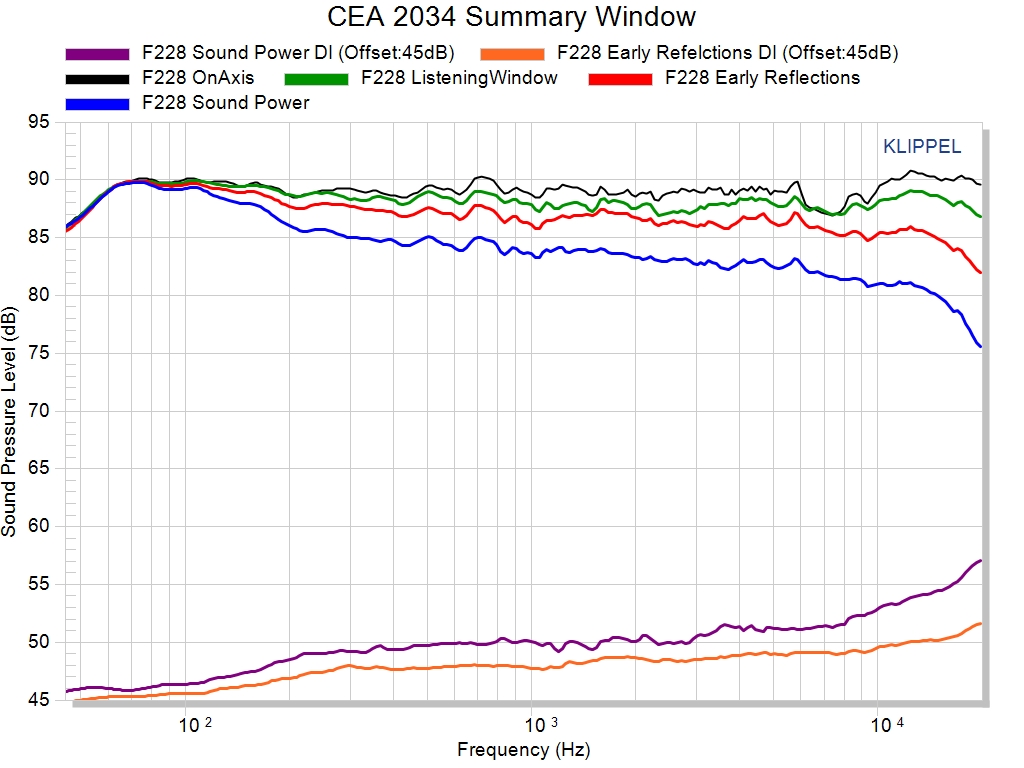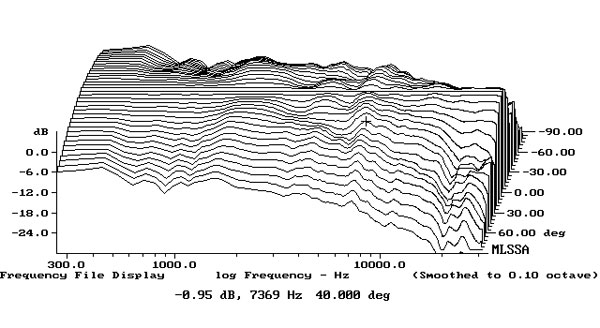I have been following this thread closely and have little to add except my votes/encouragement for the following ideas:
- Speaker measurements are perhaps the greatest good ASR could contribute to consumer audio and the Klippel-or-nothing is a reasonable conclusion given time and energy constraints on one person.
- Attempt a fundraising campaign to raise the additional $60k ($70k?) beyond what Amir is interested in contributing.
- Trial of advertisements on ASR to supplement a campaign but priority to not ads if possible. Bias is real but can be compensated for to some degree by awareness of potential bias (see research on pharmaceutical contributions to doctors, etc). However, the illusion of independence is valuable to readers.


